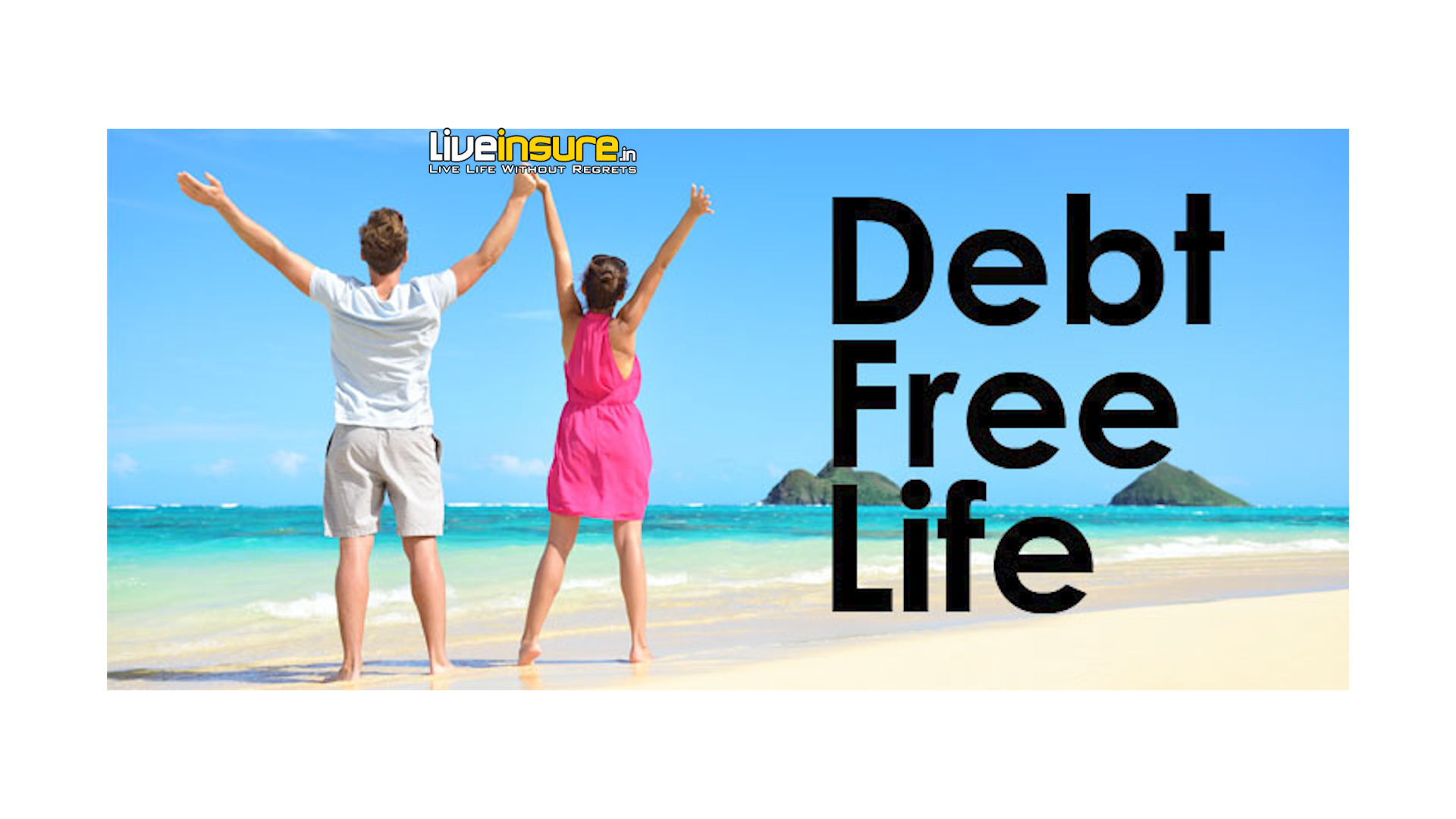Getting out of debt isn’t easy. Sometimes it takes all you have to keep up with monthly bills and save for a rainy day, let alone pay the minimum monthly payments on your credit card. Fortunately, there are plenty of ways to get out of debt that won’t make you miserable. Here are some of the best strategies to become debt free.
1. Build a Budget
By far, the best way to see what you owe, what you earn, and how much you can pay is to keep a budget. It doesn’t have to be complicated; a simple spreadsheet will do. With all the numbers in one place, it will be much easier to work at reducing what you owe and reallocating money where it is needed most.
Keep in mind budgets are a tool to help you eliminate unnecessary expenses, such as eating out regularly, taking trips, or impulse buying. Once you’re well on your way to being debt-free, you can add in occasional discretionary spending.
2. Pay More
Credit card companies are in the business of earning money off what you owe. With high, compound interest rates, paying the minimum balance would take more than a decade to wipe out a balance of just $15,000; and that’s only if you don’t continue to use it for purchases. One of the best ways to eliminate credit card and loan debt is to pay more than the minimum monthly payment. Paying more than the minimum not only reduces the amount of interest you will pay over the term of the debt, it will speed up the payoff process. Always check to be sure the loan or credit card does not assess penalties for early payoff.
3. Negotiate Rates
Sometimes credit card rates are so high; it seems you can’t make headway no matter how much you pay. If you’re stuck in this cycle, phone the credit card issuer and see if you can negotiate a lower rate. In some cases, this may require canceling the card, but if you can do without it, you will be in a much better position in the long run.
4. Transfer Balances
If negotiations with your credit card provider fail, see if you qualify for a card that allows balance transfers. These cards typically offer a 0% introductory rate, which means the balance won’t grow during that time. Without added interest, you can apply your entire payment to the principal. There is usually a transfer fee, so factor that in when comparing cards.
5. Try the debt snowball
If you’re paying more than the minimum payment, you can also try the debt snowball method for debt reduction. This debt repayment method asks you to make the minimum payment on all your debts except for the smallest one, which you’ll pay as much as you can toward. By “snowballing” payments toward your smallest debt, you’ll eliminate it quickly and move on to the next smallest debt while paying minimum payments on the rest.
Let’s say you have a $5,000 credit card balance, an $1,000 auto loan and $10,000 in student loans. With the debt snowball method, you would focus on paying off the auto loan first, because it has the lowest total balance.
The debt snowball method can help motivate you to focus on one debt at a time instead of multiple, helping you build momentum and stay on track. The only time you should disregard the debt snowball method as an option is if you have a payday loan or a title loan. These loans usually have much higher interest rates, between 300 percent to 400 percent APR on average, and should be paid off as soon as possible.
6. Refinance debt
Refinancing debt to a lower interest rate can save you hundreds in interest and help you repay debt faster. You can refinance mortgages, auto loans, personal loans and student loans.
One way to do this is through a debt consolidation loan, which is a personal loan that may come with lower interest rates than your existing debts. If you have credit card debt, you may also consider transferring the debt to a balance transfer card. These cards have 0 percent APR for a specific time frame, usually between six to 18 months.
7. Commit windfalls to debt
When you get a tax refund or stimulus check, add the money to your loans instead of saving it in your bank account or splurging on yourself. You can decide to commit the entire windfall or split it 50-50 between debt and something fun, like a future vacation or expensive dinner.
Other unexpected windfalls, like inheritances, work bonuses and cash gifts, can also be used to pay down debts faster. Remember, every little bit helps when working towards your debt-payoff goals.
8. Settle for less than you owe
You can also call creditors and negotiate a settlement of your debts, usually for a lot less than you owe. While it’s possible to take care of this yourself, an array of third-party companies also offer debt settlement services for a fee.
While paying less than you owe and escaping old debts may seem smart, the Federal Trade Commission does mention some risks. For starters, some debt settlement companies ask you to stop making payments on your debts while you’re negotiating better terms, which can negatively impact your credit score.
9. Re-examine your budget
There are two ways to pay off your debts faster – earn more or spend less. It may not be feasible to pick up a part-time job or side hustle, but you can make adjustments to your budget.
Start by taking a look at each item in your spending plan and arranging them based on their level of importance. Classify each line item as a need or want, and highlight expenses that can be reduced or completely eliminated. Make the necessary adjustments to your budget, and use the money you free up to pay extra on your debts each month.
10. Sell items for cash
Put together a list of items that you could sell on eBay, Craigslist, or at a garage sale. Drumming up some extra cash by selling items you no longer need or are ready to part with — and using the proceeds to pay down debt — can help you rapidly lighten your debt load.




